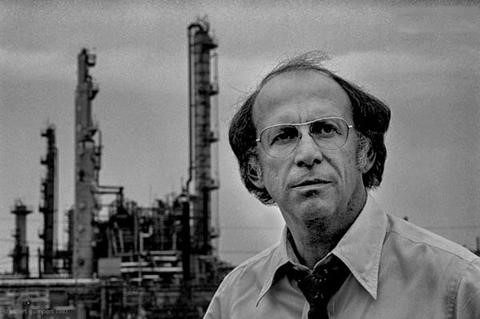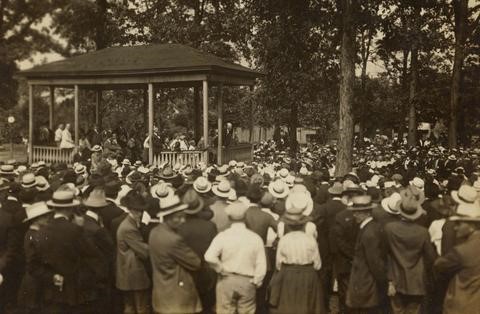June 10
The mayor of Monroe, Mich. organizes a vigilante mob of 1,400 armed with baseball bats and teargas to break the organizing picket line of 200 striking workers at Newton Steel. The line is broken; eight are injured and hospitalized. Sixteen workers’ cars were vandalized, five cars overturned, and eight more were dumped into the River Raisin – 1937
U.S. Supreme Court rules in Anderson v. Mt. Clemens Pottery Co. that preliminary work activities, where controlled by the employer and performed entirely for the employer’s benefit, are properly included as working time. The decision is known as the “portal to portal case” – 1946
President Kennedy signs a law mandating equal pay to women who are performing the same jobs as men (Equal Pay Act) – 1963
June 11
Representatives from the AFL, Knights of Labor, populists, railroad brotherhoods and other trade unions hold a unity conference in St. Louis but fail to overcome their differences – 1894
Police shoot at maritime workers striking United Fruit Co. in New Orleans; one killed, two wounded – 1913
John L. Lewis dies. A legendary figure, he was president of the United Mine Workers from 1920 to 1960 and a driving force behind the formation of the Congress of Industrial Organizations – 1969
June 12
Fifty thousand members of the Amalgamated Meat Cutters and Butcher Workmen employed in meatpacking plants walk off their jobs; demands include equalization of wages and conditions throughout U.S. plants – 1904
The U.S. Supreme Court invalidates two sections of a Florida law: one required state licensing of paid union business agents, the other required registration with the state of all unions and their officers – 1945
Major League Baseball strike begins, forces cancellation of 713 games. Most observers blamed team owners for the strike: they were trying to recover from a court decision favoring the players on free agency – 1981
June 13
Congress creates a Bureau of Labor, under the Interior Department. It later became independent as a Department of Labor without executive status in the Department of Commerce and Labor; in 1913 it became the Department of Labor we know today – 1884
Tony Mazzocchi born in Brooklyn, N.Y. An activist and officer in the Oil, Chemical and Atomic Workers union, he was a mentor to Karen Silkwood, a founder of the Labor Party, and a prime mover behind the 1970 passage of the Occupational Safety and Health Act – 1926
June 14
Unions legalized in Canada – 1872
The first commercial computer, UNIVAC I, is installed at the U.S. Census Bureau – 1951
June 15
The Metal Trades Department of what is now the AFL-CIO is founded – 1908
The Congress of Industrial Organizations expels the Fur and Leather Workers union and the American Communications Association for what it describes as communist activities – 1947
Battle of Century City, as police in Los Angeles attack some 500 janitors and their supporters during a peaceful Service Employees Int’l Union demonstration against cleaning contractor ISS. The event generated public outrage that resulted in recognition of the workers’ union and spurred the creation of an annual June 15 Justice for Janitors Day – 1990
June 16
Eight local unions organize the Int’l Fur Workers Union of U.S. and Canada. The union later merged with the Amalgamated Meat Cutters and Butcher Workmen – 1913
Railroad union leader and socialist Eugene V. Debs speaks in Canton, Ohio, on the relation between capitalism and war. Ten days later he is arrested under the Espionage Act, eventually sentenced to 10 years in jail – 1918
The National Industrial Recovery Act became law, but was later to be declared unconstitutional. It established the right to unionize, set maximum hours and minimum wages for every major industry, abolished sweatshops and child labor. The Wagner Act, in effect today, was approved two years later to legalize unionization – 1933
Inacom Corp., once the world’s largest computer dealer, sends most of its 5,100 employees an email instructing them to call a toll-free phone number; when they call, a recorded message announces they have been fired – 2000
-Compiled and edited by David Prosten.







